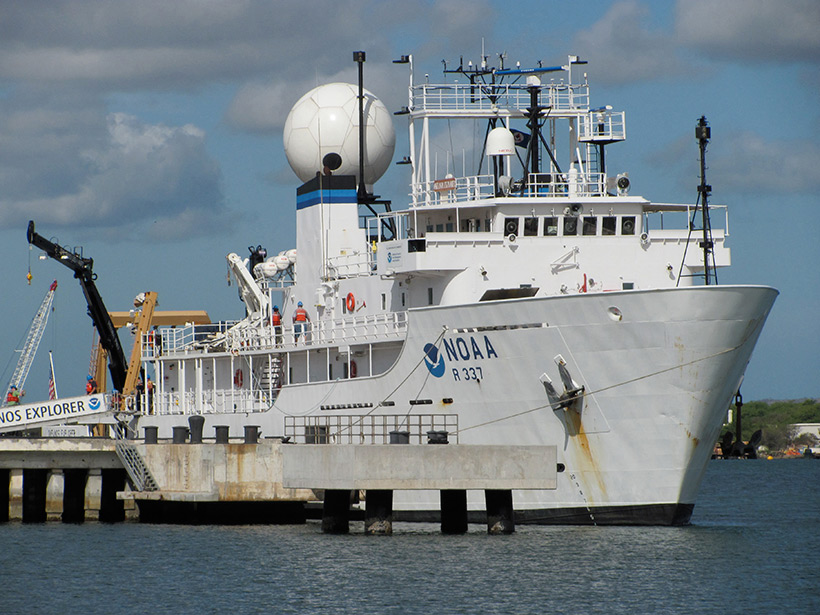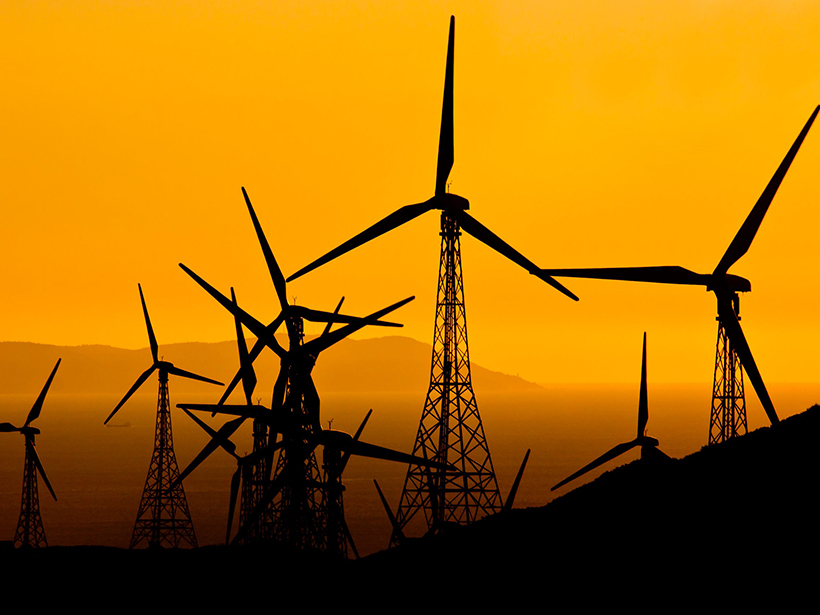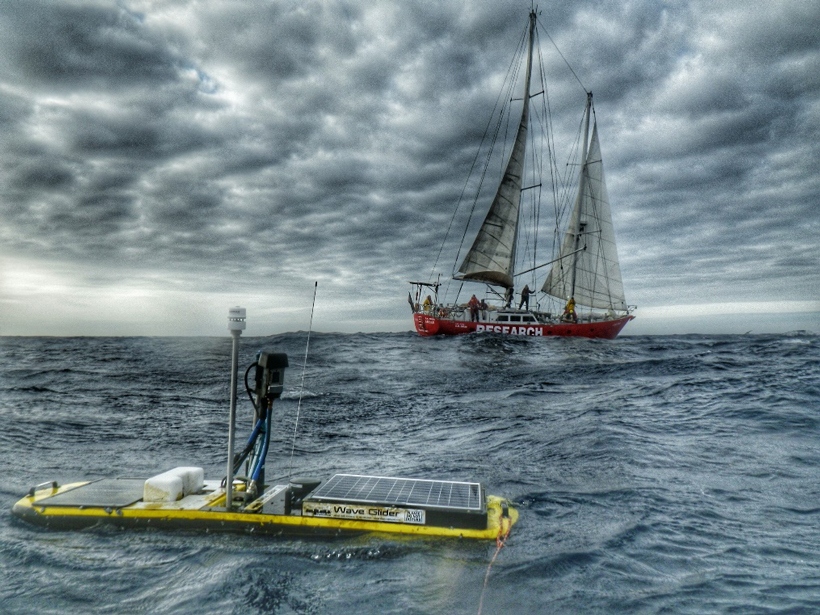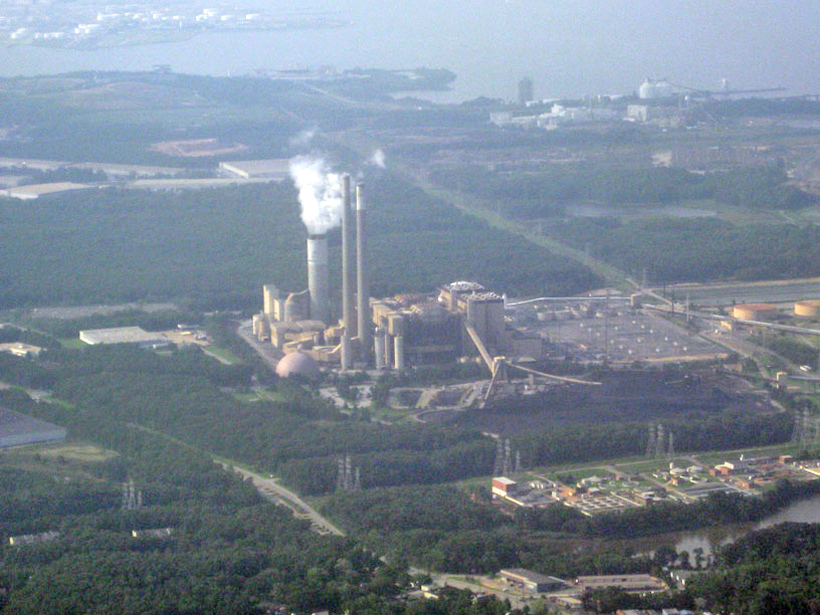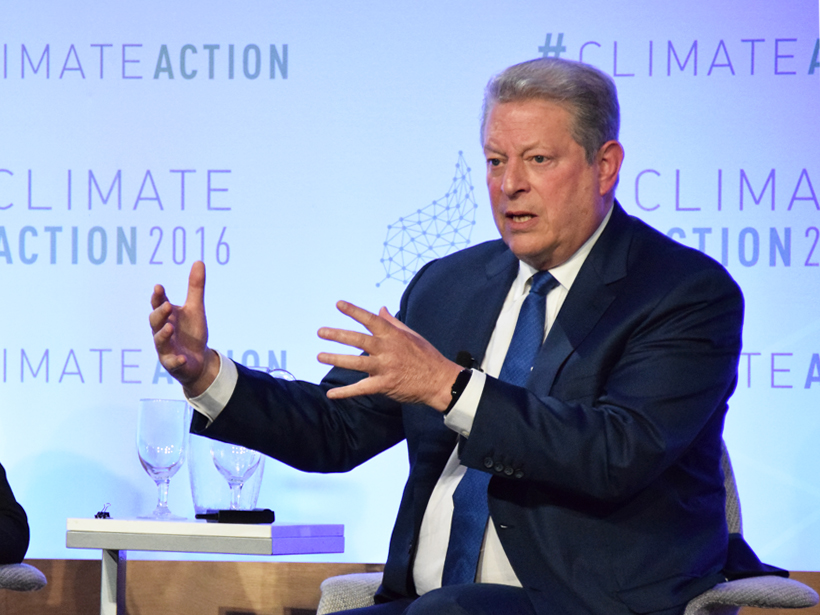The recently established Ocean Exploration Advisory Board also urged the National Oceanic and Atmospheric Administration to increase its role in federal coordination of exploration.
Climate Change
Satellite Radar to Observe Earth’s Changing Surface
NASA-ISRO SAR Mission Science and Applications Workshops; Ahmedabad, India, 19–20 November 2015
High Energy Growth, Fossil Fuel Dependence Forecast Through 2040
By then, coal, natural gas, and renewables each will contribute about 30% of global net electricity, new report predicts.
New Approaches for Air-Sea Fluxes in the Southern Ocean
Air-Sea Fluxes for the Southern Ocean: Strategies and Requirements for Detecting Physical and Biogeochemical Exchanges; Frascati, Italy, 21–23 September 2015
Evaluating the Impact of Maryland's Healthy Air Act
Reducing emissions of short-lived gaseous sulfur pollutants from power plants had an immediate, local benefit, but controlling longer-lasting harmful particulate matter will require regional action.
Reconstructing the Ocean's Murky Past
Scientists test whether sparse, indirect data can reveal ancient ocean chemistry and circulation patterns.
Gore Upbeat on Climate Stabilizing; Question Is, How Soon?
Former U.S. vice president says that responding to climate change "is the biggest business opportunity in the history of the world."
Scientist Credibility Unhurt by Climate Advocacy, Study Suggests
In a social science experiment, a fictitious meteorologist who advocates climate policy stances retains credibility among test subjects.
What Does the Pacific Arctic's New Normal Mean for Marine Life?
Climate change has reconfigured Arctic ecosystems. A 5-year project focuses on the relationships among oceanographic conditions and the animals and other life-forms in this region.
Tropical Rainfall Intensifies While the Doldrums Narrow
Scientists show long-term changes in the Intertropical Convergence Zone's location, extent, and rainfall intensity.

